
Planning ahead helps ensure an efficient, budget-friendly move. Learn how much move-out cleaning services cost based on factors like home type and size.
These common cleaning mistakes could be muddying up your routine’s efficiency


It’s important to clean your tools and other commonly forgotten surfaces.
Bleach won’t kill mold—it only lightens it.
Pantry staples like baking soda and vinegar can replace certain cleaning products.
There isn’t an “end all, be all” method to home cleaning, but everyone has their way of dealing with food splatters, dirty dishes, and other messes. Still, it’s easy to commit these common cleaning mistakes and overlook areas of your cleaning routine. But don’t worry: We rounded up 17 cleaning mistakes you could be making and how to correct them.
It may seem counterintuitive to clean your cleaning supplies—after all, since they’re dipped in cleaning solution, it seems like your scrub brushes would stay sparkling by default. However, your cleaning tools tend to hang onto germs and icky residue left from past scrubbing sessions.
To ensure you aren’t reintroducing germs or causing unnecessary messes, be sure to:
Remove hair and residue from vacuum rollers and the exterior surface.
Regularly clean your dishwasher and appliances.
Change towels every two to three days.
Swap out your sponge (one of the germiest spots in your home) or sanitize it by placing it in the microwave for two minutes while damp.
Clean the inside of your washing machine to prevent rust stains.
Despite your best of efforts, certain spots often get missed while cleaning. What’s worse, many of these are commonly used surfaces that can hang onto germs and spread them with every touch. Other spots can collect piles of dust, causing or worsening allergy symptoms.
Don’t forget to hit the light switches, remotes, electronics, and doorknobs as you make your cleaning rounds. While you’re at it, clean your dusty air filters, plants, and window treatments to make everyone in your home breathe a little easier.
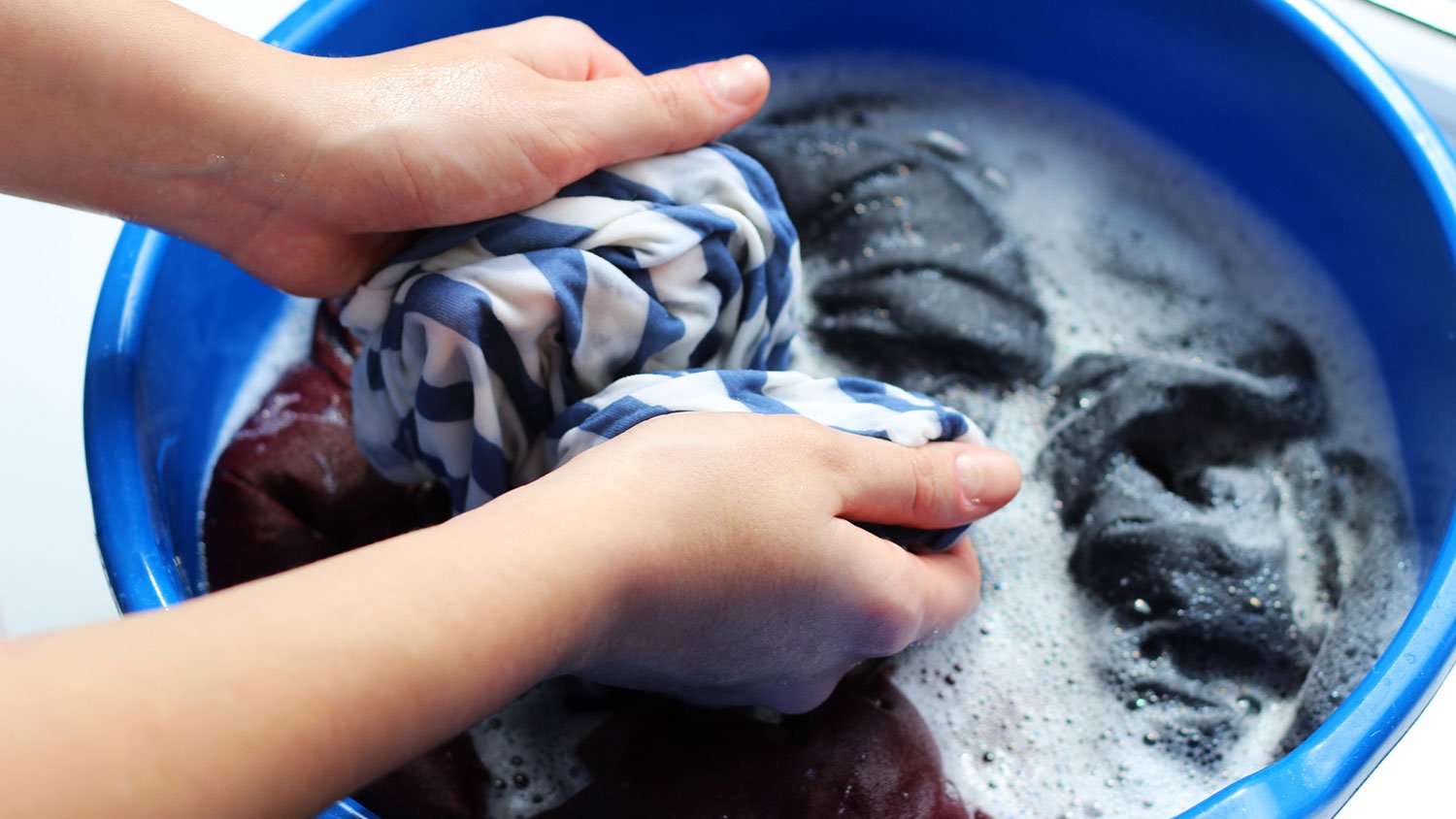
We’re taught to scrub at stubborn spots, whether it’s a couch stain or muddy pawprints left on the beige carpeting. No disrespect to the age-old “elbow grease” method, but it’s not always the best way to knock out a stain—especially if you’re working with fabrics, carpeting, and other soft materials.
When you scrub at these materials, it tends to work the stain deeper into the fibers, making it even more difficult (or downright impossible) to get out. Instead, opt for saturating the mess in club soda or cleaner and blotting to remove it. Repeat as needed until the stain goes away.
Hot water may help you handle sticky spots and stuck-on food better than cold, but it isn’t always the best choice for stain removal. In many cases, especially with protein-based messes such as blood, it only further sets them in.
Always stick with cold water and use hydrogen peroxide, club soda, or commercial cleaners to lift the stain. Avoid the dryer for stained laundry until you know the stain is gone, as this often permanently sets the stain.
Out of sight, out of mind. This mindset makes it seem like bleach is doing a good job of destroying mold. And on hard surfaces like tubs and tile, it can. However, on many porous surfaces, like drywall, it only lightens mold stains rather than killing the spores. In some cases, it could even make the problem worse.
Rather than bleaching the spots, remove mold from surfaces with borax or hydrogen peroxide. Keep in mind this will only work for small areas. For mold growth over 10 square feet, contact a local mold remediation specialist.
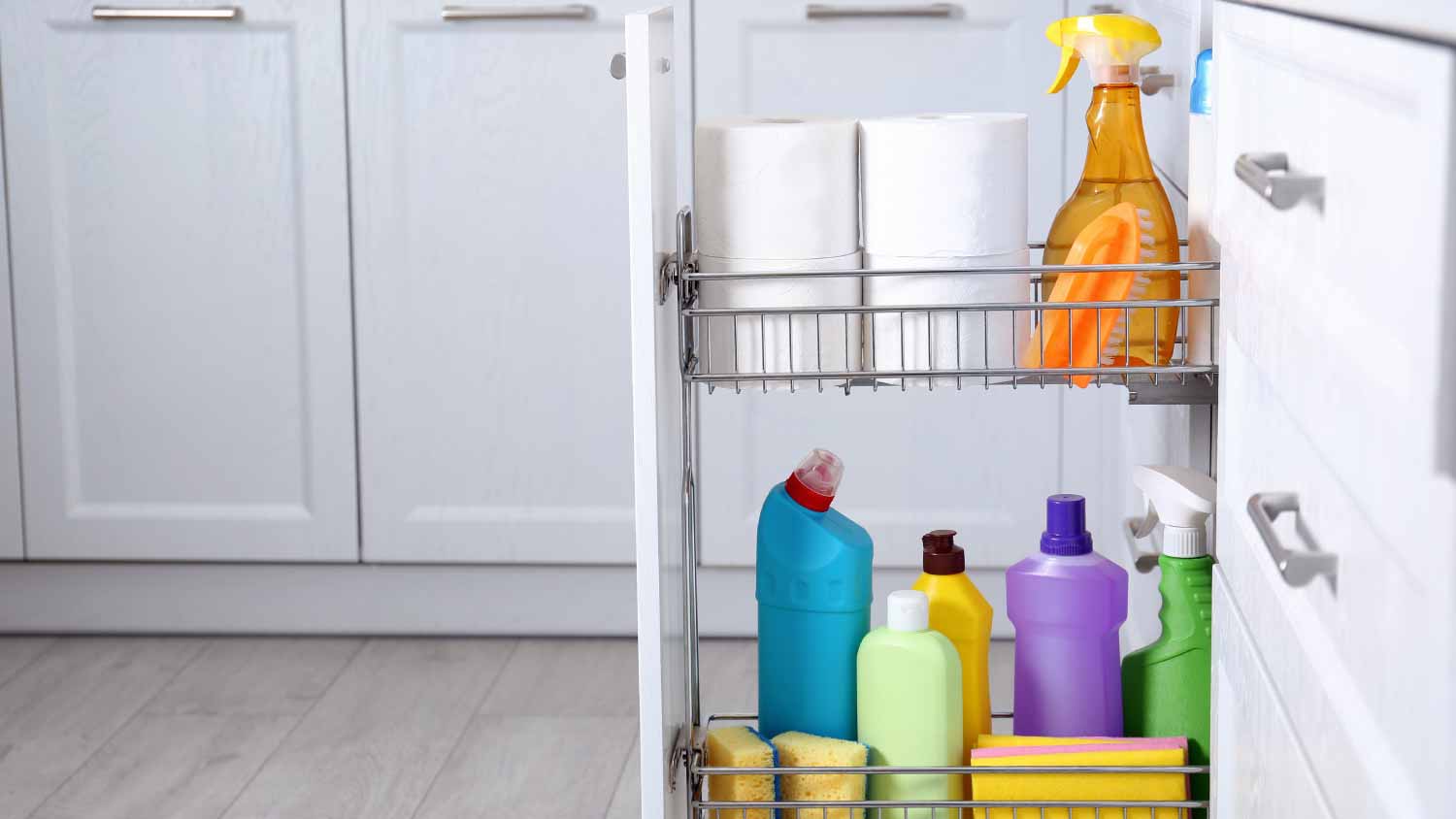
If you’re crowding your cleaning cabinet with specialized products to tackle stainless steel, calcium buildup, or glass, you may be overloading it with unnecessary items. In many cases, you likely have what you need in your pantry or medicine cabinet.
For instance, baking soda and vinegar can handle cleaning tasks around the kitchen, bathroom, and laundry room. Vinegar also cleans glass and mirrors even more effectively than the commercialized cleaner taking up room in your cabinet. For stainless steel, a can of shaving cream cleans it up nicely, so you don’t have to rely on running out and buying those specialized cleaners in a pinch.
Keeping track of your cleaning tasks is as important as sticking to them. Many odd jobs keep your home spic and span, and it’s tough to remember all of them. Without a solid system, you could miss spots or make the process less efficient.
To stay on top of things, create your own home cleaning checklist and tailor the sequence of tasks according to what works best for you. If there’s too much on your plate, and you’re worried you’re missing important tasks, consider hiring a professional house cleaner near you.
In some cases, using excessive cleaning products won’t make your home cleaner, but it will cost you more over time. For example, adding too much detergent or fabric softener to your laundry can make your clothes feel sticky and greasy rather than clean and fresh.
And the same is true for other types of cleaning products. Spray too much product on your floor or countertops and it will almost certainly leave unwanted residue behind. When in doubt, follow the instructions on the back of the package.
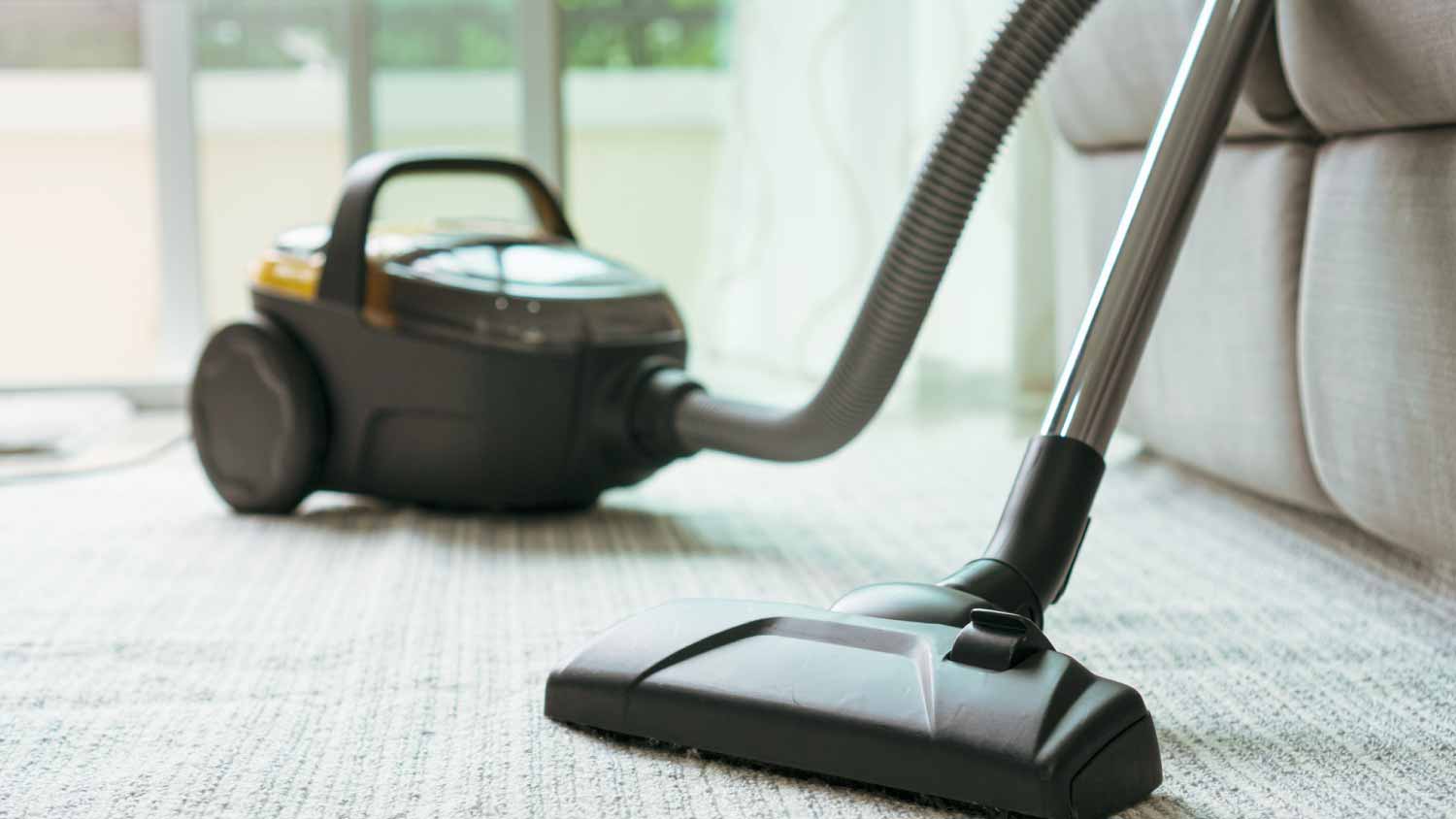
If your new vacuum doesn’t seem to pick up dirt no matter how many times you roll it over the same area, you probably need to empty it. Excess dust and debris in your vacuum bag will not only make it impossible to pick up new dirt, but it may spread old dirt around. In general, try to empty your vacuum bag after each heavy-duty use and replace the bag altogether once every three months.
If you’re using only the main vacuum head for your vacuuming, you’re not vacuuming the right way. This bulky tool isn’t designed to clean up every part of your home. Instead, you’ll need to rely on vacuum attachments more regularly.
For example, you should use the wand attachment to clean small areas and tight corners that your normal vacuum head can’t reach. The crevice attachment is ideal for sucking up dust and debris from tricky spots, like window tracks or baseboards. And the upholstery tool is the best way to clean crumbs out of your couch.
Although it’s tempting to fill up a bucket and start mopping, think twice before getting your floor wet because every type of flooring requires different treatment. For example, you shouldn’t soak hardwood floors because wood is more likely to warp after prolonged exposure to moisture. Instead, use a damp mop to clean hardwood floors without damaging them.
When it comes to tile floors, consider the best way to clean the floor tile grout. Similarly, you should ensure you’re using the right cleaning product for your set-up. Purchase cleaning products specific to your flooring and research the best cleaning methods for each floor type.
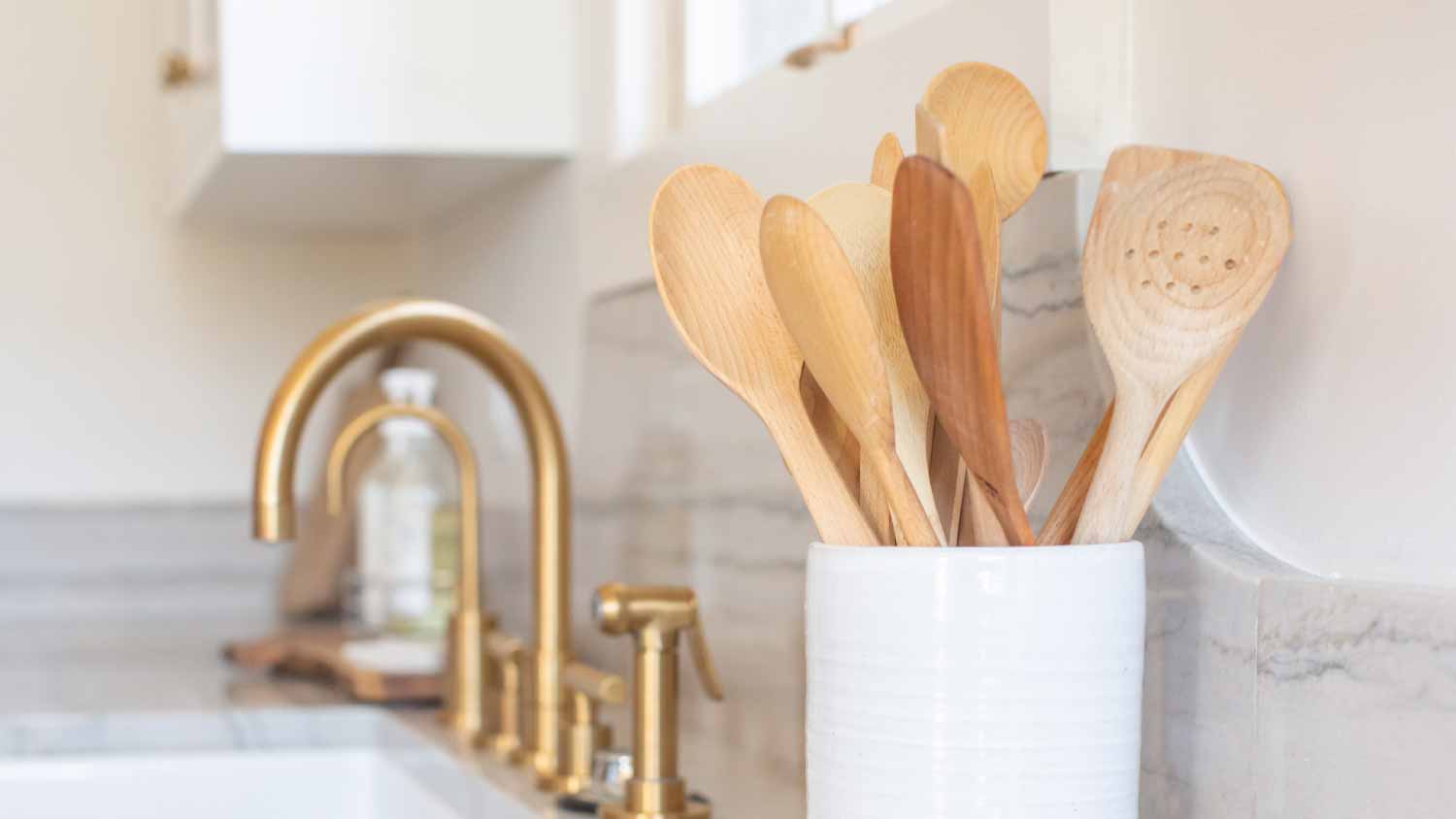
Washing wooden utensils in the dishwasher won’t always clean them and can damage them, especially after repeated cycles. Instead, hand wash your utensils with soap and hot water, don’t let them soak, and allow them to air dry.
If your utensils have been in contact with potentially harmful microbes—say, if you were cooking raw meat—soap and water won’t necessarily cut it. Instead, soak these tools in bleach for several minutes before rinsing.
When it comes time to clean your walls, it’s tempting to pick up a sponge and start scrubbing, but doing so can strip away paint, leave behind scratches, and leave your walls looking worse for the wear. Instead, rely on a handful of tricks—like using a non-abrasive sponge and a mild cleaning detergent—to wash your walls to perfection every time.
When your drains get blocked, it’s important to use the right cleaning product to clear them out because certain materials, like lye, can damage your pipes. In general, try to unclog your drains with a chemical-free approach, like boiling water, before turning to heavy-duty solutions, like a liquid drain cleaner.
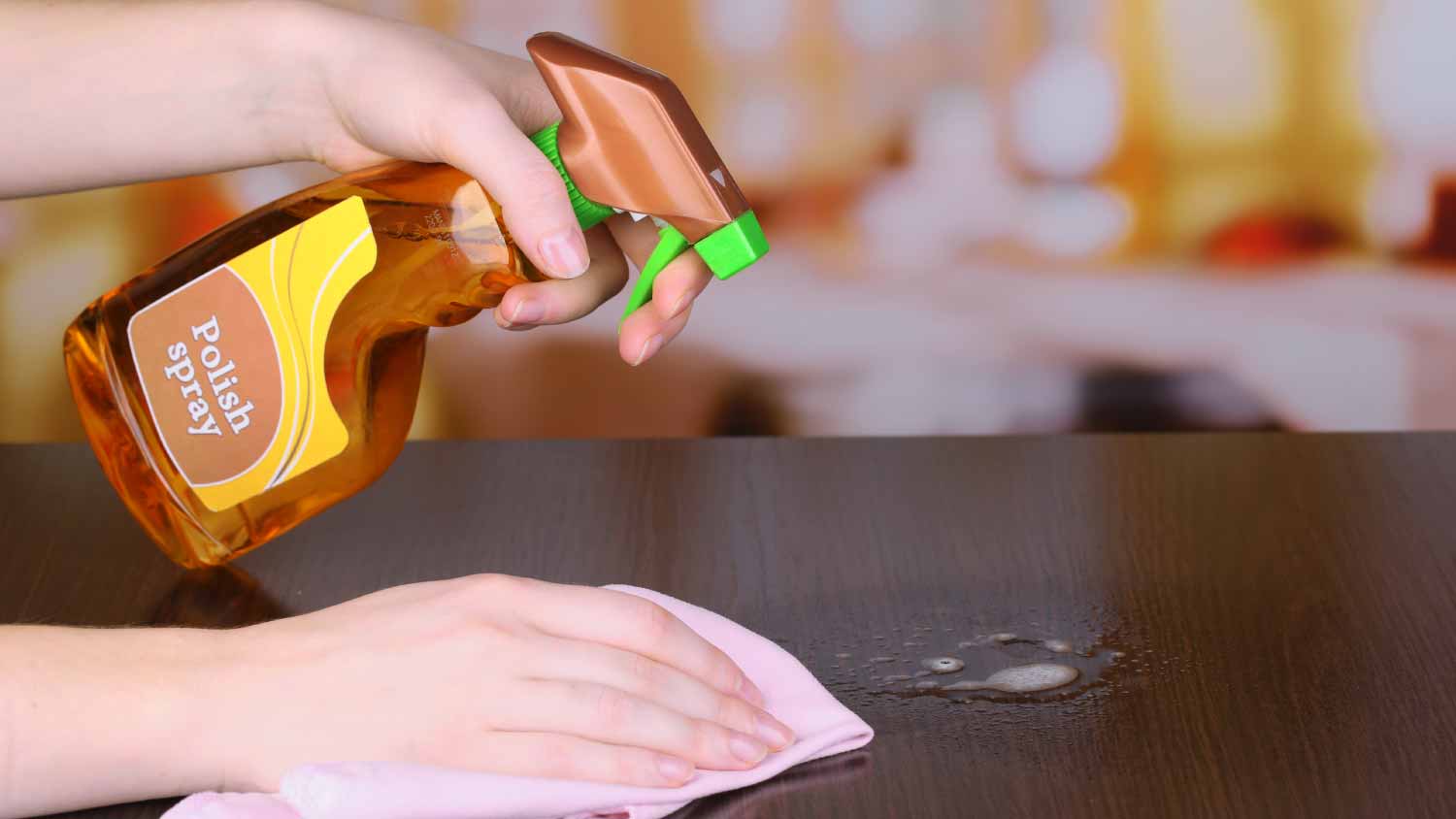
Furniture polishes contain a lot of oil, which can cause dust to build up more readily on your furnishings. Instead, use a barely damp microfiber cloth to remove dust from surfaces and a multi-purpose cleaner to wash up smudges or fingerprints afterward.
Though it’s tempting to clean your windows when the sun is shining, it’s actually the worst moment to tackle this task. In fact, doing so will cause your cleaning agent to evaporate more quickly and is more likely to leave behind unsightly streaks.
Similarly, washing on rainy days is also a no-go because the last thing you want is for water streaks to ruin all your hard work. Instead, do this task when the temperatures are moderate (between 60 and 70 degrees Fahrenheit) and the conditions are cloudy.
In addition to being a dangerous practice, mixing cleaning products won’t make your home cleaner. In the best cases, active ingredients in the cleaning products may simply cancel each other out. But in the worst cases, they may emit potentially lethal, toxic gasses when combined. In particular, combining ammonia and bleach is dangerous.
From average costs to expert advice, get all the answers you need to get your job done.

Planning ahead helps ensure an efficient, budget-friendly move. Learn how much move-out cleaning services cost based on factors like home type and size.

Hiring a house cleaner frees up your schedule and keeps your home spotless. The cost to hire a house cleaner depends on the size of your house, your schedule, and who you hire. Use this guide to understand typical house cleaning prices better.
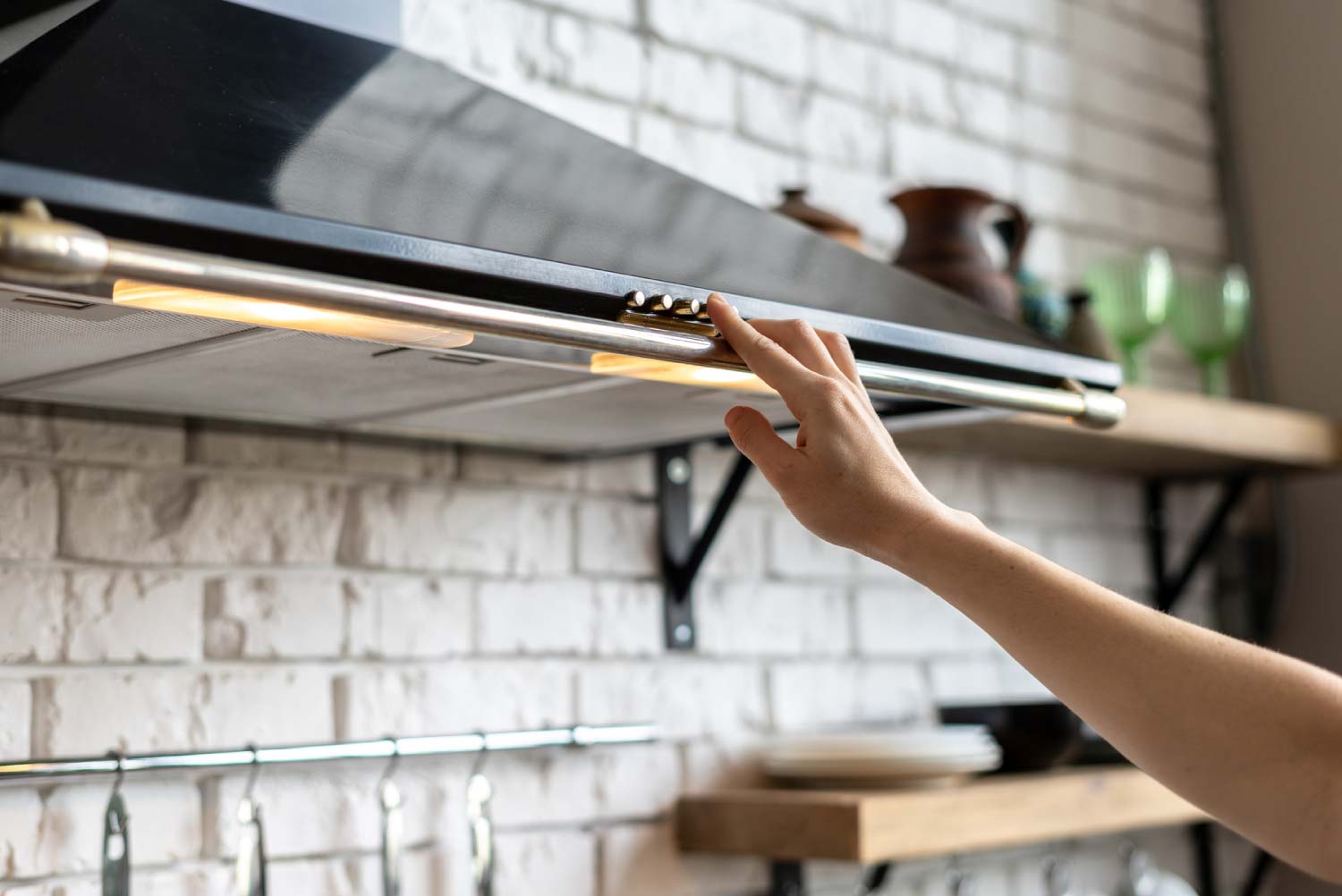
Discover the average kitchen hood cleaning cost, what impacts pricing, and how to budget for this essential maintenance. Get tips to save and keep your kitchen safe.

Professional cleaning companies offer move-out and move-in services that can cut stress, reduce allergens, and save you time, as well as your security deposit.

Learn how to make your home safe for little ones with this comprehensive childproofing checklist.
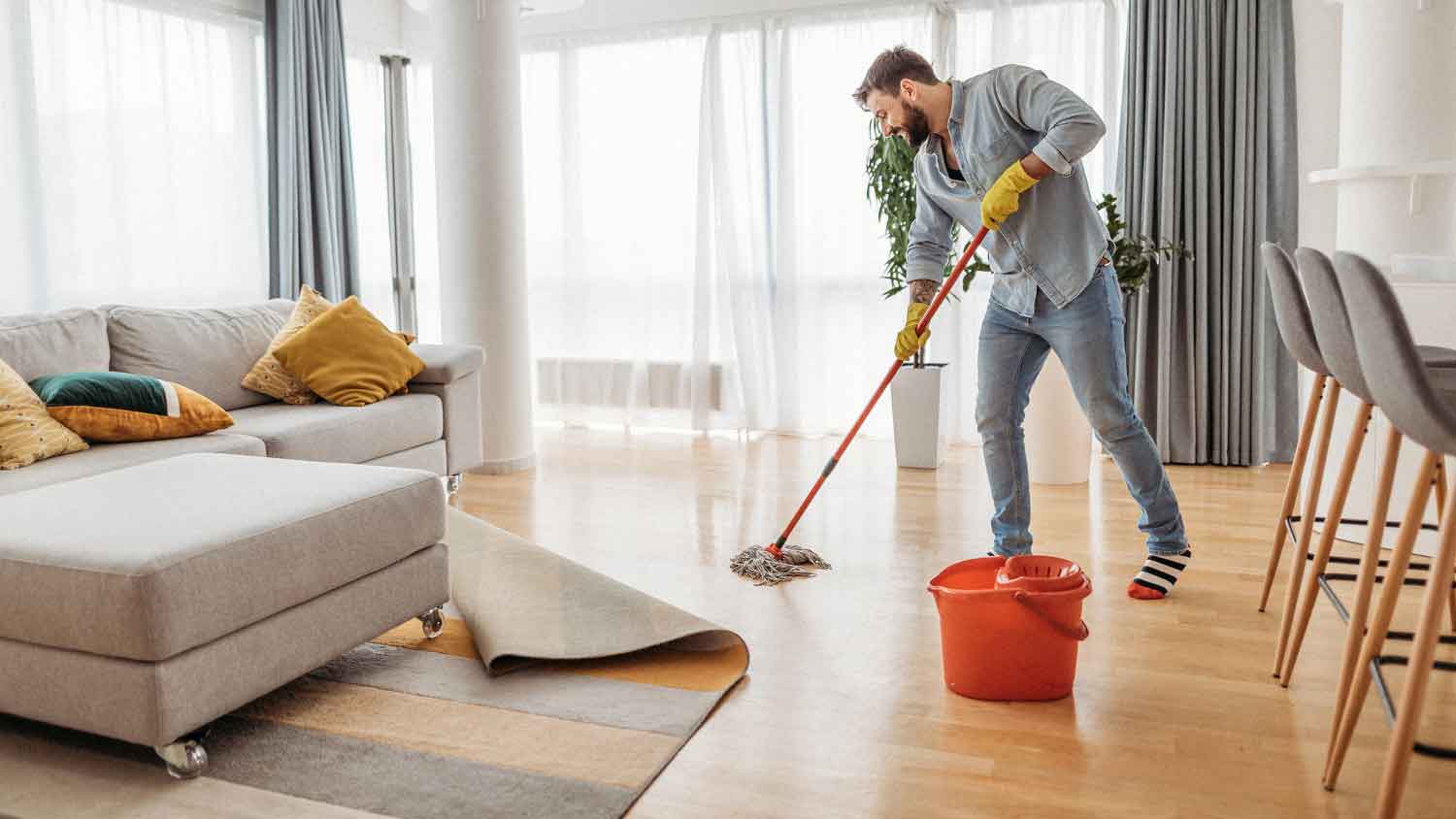
Wondering, “Why is my floor dirty even after mopping?” Learn why this issue is happening, how to prevent it, and when to call a professional cleaner.